The Rwandan genocide stands as a stark reminder of humanity’s capacity for hatred and violence. At the heart of this dark chapter in history was Mathieu Ngirumpatse, the president of the MRND (National Republican Movement for Democracy and Development), Rwanda’s ruling party at the time. Ngirumpatse’s actions were instrumental in igniting and fueling the genocide, leaving an indelible mark on Rwanda and serving as a chilling warning for the world.
The MRND’s Reign: A Toxic Blend of Propaganda and Violence
Ngirumpatse, a cunning and ruthless figure, understood the power of information control. Under his leadership, the MRND didn’t just function as a political party; it morphed into a terrifying machine fueled by hate and a carefully orchestrated propaganda campaign.
This machine had many gears:
- Propaganda: The MRND, with Ngirumpatse at the helm, skillfully exploited media outlets like the notorious Radio Télévision Libre des Mille Collines (RTLM) and newspapers like Kangura. Day after day, these platforms bombarded the Rwandan people with venomous messages designed to dehumanize the Tutsi population, painting them as a dangerous enemy that threatened the Hutu way of life. This wasn’t simply political rhetoric; it was a calculated strategy to poison the minds of the Hutu majority and create a climate of fear and distrust that made violence seem inevitable.
- The Interahamwe Militia: Ngirumpatse didn’t stop at words. Realizing that propaganda alone wouldn’t suffice, he actively armed and trained the Interahamwe, a Hutu youth militia, transforming them into a brutal instrument of his genocidal vision. These militias, fueled by the MRND’s relentless propaganda, became the perpetrators of unspeakable violence against the Tutsi people.
- Control and Manipulation: Ngirumpatse ensured the MRND’s control extended beyond media and militias, infiltrating the very fabric of Rwandan society. The party’s influence permeated government institutions, local communities, and even social gatherings. This allowed Ngirumpatse to coordinate the genocide with chilling efficiency, turning neighbors against neighbors and using the machinery of government to facilitate mass murder.
The Path to Genocide: Key Moments in Ngirumpatse’s Descent
Understanding Ngirumpatse’s role in the Rwandan genocide requires examining the pivotal moments that marked his transformation from politician to orchestrator of mass violence.
- The Rise of Hutu Power: Ngirumpatse’s beliefs aligned with the dangerous ideology of Hutu Power, which promoted Hutu supremacy and demonized the Tutsi minority. This ideology provided the twisted justification for the genocide in the minds of its perpetrators.
- Exploiting Existing Tensions: Rwanda’s history was already fraught with ethnic tensions, and Ngirumpatse’s rhetoric deliberately inflamed these divisions. He exploited existing social and economic disparities to turn Hutu against Tutsi, portraying the latter as scapegoats for the country’s problems.
- President Habyarimana’s Assassination: The assassination of President Juvénal Habyarimana (a Hutu) on April 6, 1994, proved to be a catastrophic turning point. Instead of calming the nation, Ngirumpatse seized the opportunity to consolidate power. His refusal to assume the interim presidency, a position he was in line for, created a power vacuum that allowed the genocide to unfold with terrifying speed and brutality.
- Formation of the Interim Government: Ngirumpatse’s decision to form the Interim Government, a body directly responsible for orchestrating the genocide, cemented his place not just as a leader who failed to prevent horror, but as someone who actively drove it forward.
The Man Behind the Atrocities: Exploring Ngirumpatse’s Motivations
While definitively unraveling the complexities of human evil remains a challenge, some clues offer a glimpse into what might have driven Ngirumpatse’s actions:
- The Allure of Power: Ngirumpatse’s position within the MRND afforded him significant power and influence. Did the allure of absolute control cloud his judgment and fuel his descent into darkness?
- The Intoxication of Ideology: Was Ngirumpatse so thoroughly consumed by the extremist ideology of Hutu Power that he became blind to the humanity of the Tutsi people? Did this ideology twist his perception of reality to the point where genocide seemed like a justifiable solution?
- The Pressure of Extremists: It’s plausible that Ngirumpatse faced pressure from even more extreme voices within the MRND. Did he make calculated decisions to appease these factions, or was he swept up in the fervor of the moment?
These questions continue to be debated by scholars and historians seeking to understand the depths of his depravity.
Beyond the Courtroom: Ngirumpatse’s Enduring Legacy
The International Criminal Tribunal for Rwanda (ICTR) found Ngirumpatse guilty of genocide, incitement to genocide, and crimes against humanity. He was sentenced to life in prison in 2011. While this conviction offers a degree of justice, it cannot erase the profound and lasting consequences of his crimes.
Ngirumpatse’s legacy extends far beyond the prison walls:
- Scars on the Soul of Rwanda: The Rwandan genocide left deep wounds on the nation’s psyche. Survivors continue to grapple with the trauma of unimaginable loss and the shattered remnants of their lives. The country still struggles to heal the deep ethnic divisions that fueled the genocide and works tirelessly to rebuild its social fabric.
- The Importance of Remembrance: Remembering the Rwandan genocide and acknowledging the role of figures like Ngirumpatse is crucial to preventing future atrocities. This dark chapter in history serves as a constant reminder of the dangers of unchecked hatred, the seductive allure of extremist ideologies, and the devastating consequences of inaction in the face of evil.
- The Ongoing Fight for Justice: While Ngirumpatse’s conviction represents a victory for justice, many perpetrators of the Rwandan genocide remain unpunished. The international community must remain committed to pursuing justice, supporting survivors, and ensuring that those responsible for these heinous crimes are held accountable.
Learning from the Rwandan genocide requires more than just acknowledging the historical facts; it demands confronting uncomfortable truths about human nature, the fragility of peace, and the shared responsibility to prevent such horrors from ever happening again.
- african capital dubois buried
- ho chi minh trail – beach access
- mathieu ngirumpatse role in rawandan genocide
- Crypto Quotes’ Red Flags: Avoid Costly Mistakes - June 30, 2025
- Unlock Inspirational Crypto Quotes: Future Predictions - June 30, 2025
- Famous Bitcoin Quotes: A Deep Dive into Crypto’s History - June 30, 2025
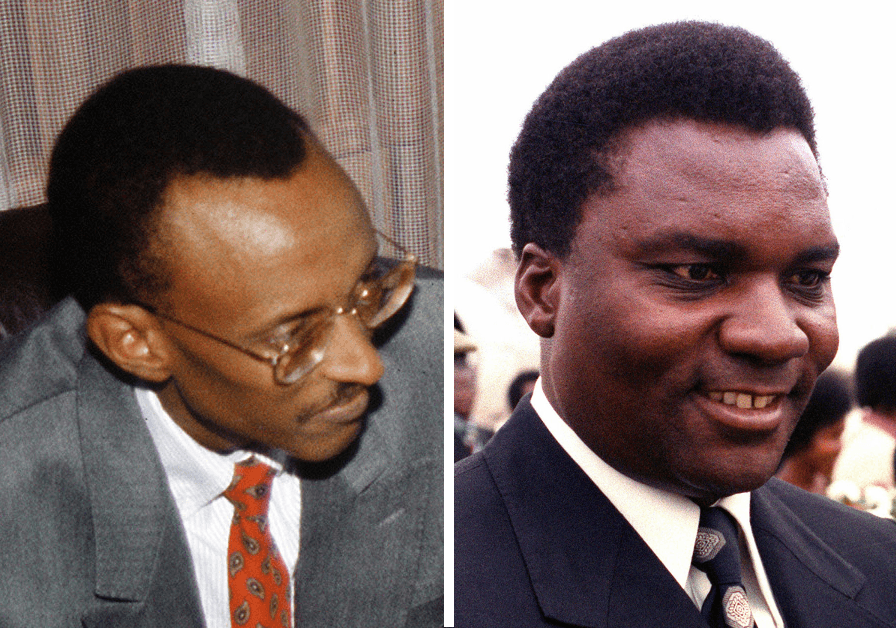
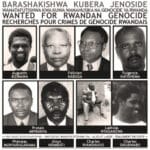
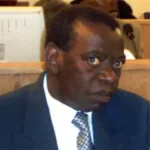
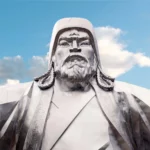


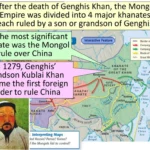










1 thought on “Mathieu Ngirumpatse’s Chilling Role in the Rwandan Genocide: Unmasking the MRND President’s Actions”
Comments are closed.